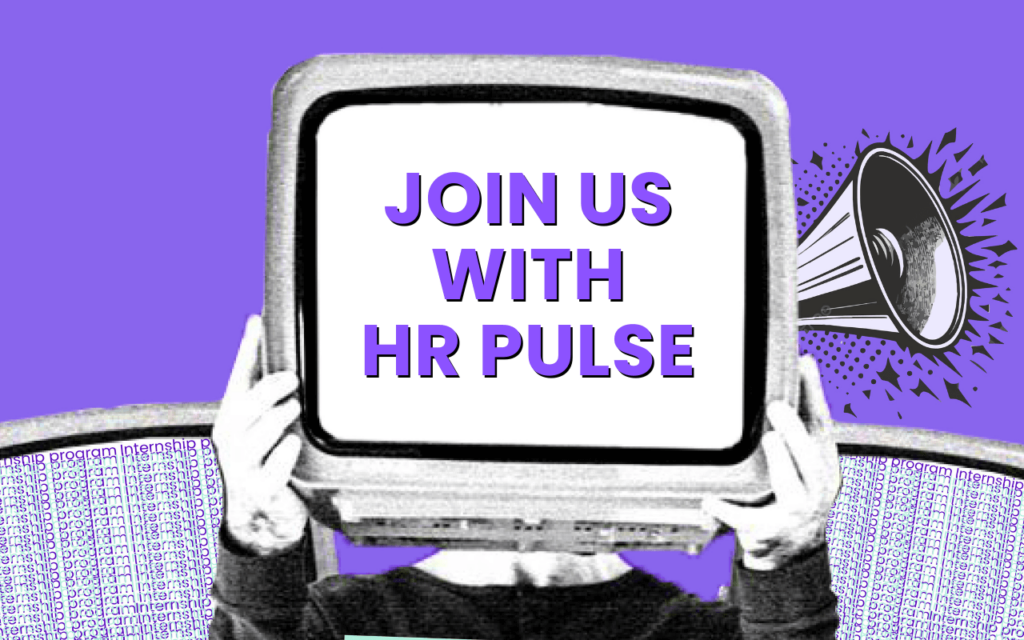A flexible workplace is a work environment designed to adapt to the diverse needs of employees while maintaining productivity and meeting business objectives. It allows for flexible work hours, remote or hybrid work options, customized job roles, and other arrangements that help employees balance their personal and professional lives.
A truly flexible workplace is built on trust, autonomy, and adaptability, empowering employees to work when, where, and how they perform best.
How Can a Workforce Be Flexible?
To create a flexible workforce, organizations must embrace policies and practices that support autonomy and individual work preferences. Here are some common strategies:
- Limit excessive working hours for salaried employees
Encourage work-life balance by discouraging the expectation of consistently working beyond 40 hours a week. Overworked employees are more likely to experience burnout and decreased productivity. - Offer flexible working hours
Ditch the rigid 9-to-5 model. Let employees choose their start and end times or reduce their workweek to four days while maintaining productivity. - Encourage telecommuting and hybrid options
Remote work allows employees to eliminate commuting time, manage personal responsibilities, and work in a setting that suits them.
Examples of Flexibility in the Workplace
Workplace flexibility can take many forms. Here are several common models companies use:
- Job Carving: Restructuring roles by reassigning tasks to better match employees’ strengths or preferences.
- Remote Work: Allowing employees to work full-time or part-time from a location of their choice.
- Compressed Workweeks: Employees work longer hours over fewer days (e.g., four 10-hour days), gaining an extra day off.
- Flextime: Employees have control over when they start and end their workday, as long as core responsibilities are met.
- Output-based Work: Focus is placed on results rather than hours worked, what gets done matters more than when or where it gets done.
Why Is Workplace Flexibility Important?
Workplace flexibility reflects an organization’s respect for its employees’ humanity and individuality. In today’s competitive talent market, it’s not enough to offer a paycheck, employers must create environments that accommodate different working styles and personal obligations.
Key reasons flexibility is essential:
- Attracting talent: Top candidates are increasingly looking for roles that support work-life balance and autonomy.
- Building trust and loyalty: When employees feel supported, they’re more likely to be loyal and committed to the company.
- Adapting to change: A flexible culture is better equipped to navigate disruptions, whether they’re market-driven or operational (like the shift to remote work).
Benefits of Flexibility in the Workplace
For Employees
- Better work-life balance: Employees can take care of personal needs without sacrificing productivity or job security.
- Higher job satisfaction: Autonomy leads to greater engagement and fulfillment.
- Increased adaptability: Employees develop stronger problem-solving skills and a willingness to experiment with how work gets done.
For Employers
- Improved retention: Flexibility is a top priority for modern job seekers, offering it can reduce turnover.
- Higher productivity: Employees who choose how and when they work often feel more energized and focused.
- Reduced overhead costs: With fewer employees in the office daily, businesses can downsize office space and cut costs on utilities, supplies, and amenities.
A flexible workplace is not just a perk; it’s a strategic advantage that contributes to employee happiness, operational resilience, and business success. By empowering employees to work in ways that suit their individual circumstances and preferences, organizations can build a more productive, loyal, and forward-thinking workforce.







